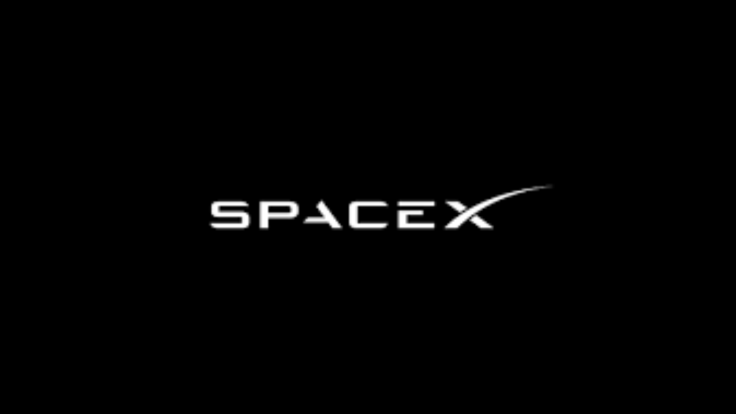SpaceX Starship Launch Canceled: What Went Wrong?
SpaceX's Most Ambitious Rocket Test Halted Just Before Launch As Ground System Troubles Raise Fresh Questions Over Starship's Reliability

In a dramatic but familiar turn, SpaceX cancelled the highly anticipated tenth test flight of its Starship rocket on 25 August 2025 due to a last-minute issue with ground systems.
The spacecraft, which had been scheduled for lift-off from the company's Starbase facility in southern Texas at 18:30 local time, remained grounded as SpaceX engineers paused operations roughly 15 minutes before launch. A message posted to the company's X account stated they were 'standing down... to allow time to troubleshoot an issue with ground systems'. No new launch date was confirmed, although nearby road closures and a countdown on SpaceX's website suggested a possible retry on 26 or 27 August.
This latest setback follows a string of high-profile failures since January 2025, raising fresh concerns about whether Starship can meet its ambitions for Mars and lunar missions.
Why the Launch Was Cancelled
The cancellation was attributed to unspecified problems with ground systems, a category that typically includes launchpad equipment, fuel lines, and command systems essential for lift-off. The two-stage rocket – the 70.7-metre Super Heavy booster and 52-metre Starship upper stage – had already been fully stacked and loaded with propellant when the issue arose.
Such delays are not unusual in spaceflight, where countdowns are often paused or aborted to protect costly equipment.
This launch had been expected to mark a significant milestone: a near-orbital flight involving engine re-ignition in space, a heat-intensive re-entry, and a simulated satellite deployment.
Starship's Troubled Year
The 123-metre rocket has yet to complete a clean test flight in 2025. Its ninth flight in June ended with an upper stage failure in orbit, while earlier launches saw explosions during re-entry and shortly after lift-off. One test even resulted in debris reaching Mexican territory following a stand explosion.
Designed to be the world's largest and most powerful launch vehicle, Starship is central to SpaceX's future. CEO Elon Musk has announced that this version will soon be retired in favour of an even larger variant, heightening the importance of these final few tests.
The current test unit includes upgrades such as stronger heat shield tiles, more durable flaps, and increased thrust. These changes aim to solve the problems seen in past attempts, where the upper stage repeatedly failed during re-entry.
Mission Goals and NASA's Timetable
Sunday's mission was intended to last around an hour. The plan included a controlled water landing for the Super Heavy booster in the Gulf of Mexico, a mid-flight engine re-ignition by the Starship upper stage, and re-entry over the Indian Ocean. The upper stage was also set to carry dummy Starlink satellites as a rehearsal for future operational launches.
NASA is relying on Starship for its Artemis programme, which aims to land astronauts on the Moon by 2027. But with repeated setbacks, Starship has yet to meet the reliability standards needed for human spaceflight.
The US space agency requires SpaceX to demonstrate successful orbital refuelling and rapid reusability before approving any crewed missions.
What Happens Next?
SpaceX has not announced when the next attempt will be made, though internal scheduling and local road closures suggest preparations are ongoing. Previous delays have been resolved within days, but each failed attempt invites greater scrutiny on the programme.
Elon Musk had planned to provide a development update before the launch, but the stream was cancelled following the scrub. The company continues producing new rockets at Starbase, working to refine its design through a test-to-failure strategy.
The Starship programme, which has cost billions to date, remains one of the most ambitious in aerospace. SpaceX has not released a detailed cost breakdown, but estimates suggest development may have surpassed £7.6 billion (approximately $9.8 billion).
With growing pressure from investors, regulators, and NASA, the next few test flights may prove decisive.
© Copyright IBTimes 2025. All rights reserved.





















